The story behind the pictures: Oxford Brookes University’s Library
With the way knowledge is acquired and produced ever changing, and the role of the librarian evolving, libraries are under increasing pressure to rethink their use of space on campus. In this series of images and blog posts, we will showcase how libraries are transforming their spaces and services to respond to the changing needs of their users.
The award-winning John Henry Brookes Building, home to Oxford Brookes University’s Headington Library, was built in 2014 and has continued to develop since its launch. We caught up with Dave Nolan, Planning & Communications Team Leader, who kindly shared some background to the library’s redevelopment and its continuing evolution, and offered some helpful advice for other libraries redefining their space.
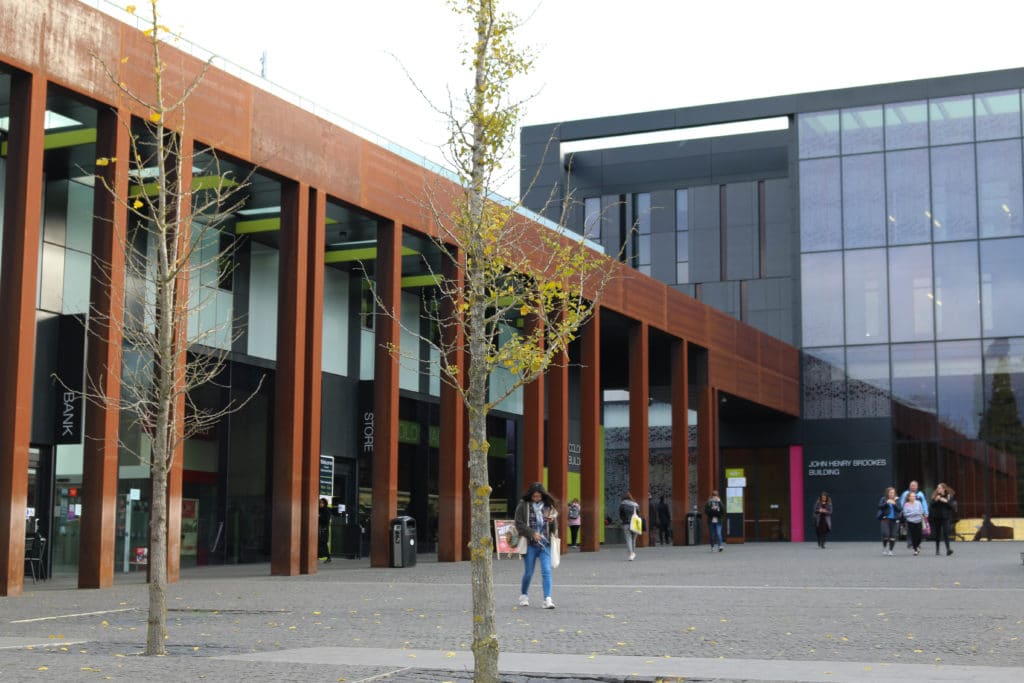
When was the new building opened and what was the rationale behind it?
“The Library and Forum in the University’s award-winning John Henry Brookes Building (JHBB) opened in February 2014. They sit at the heart of the £132m building alongside key services including careers, student support and the students’ union, as well as teaching rooms and substantial catering provision.
The library has a presence over all six floors of the building, wrapping around a central atrium and the Forum’s multifunctional social learning space and café. A main stair core rises from the Forum, painted pink for visibility, allowing access from all levels. There are plenty of light, airy spaces and reading rooms with fantastic views: vistas and permeability were important elements of the design. To this end, the building is an open and shared space and there are no barriers to entering the library. People flow freely into and around the library, and into the neighbouring service areas. The building reflects the University’s 2020 Strategy core commitments to enable a student experience of the highest standard possible and to be a university characterised by its sector-leading, high quality, sustainable and cost-effective services.”
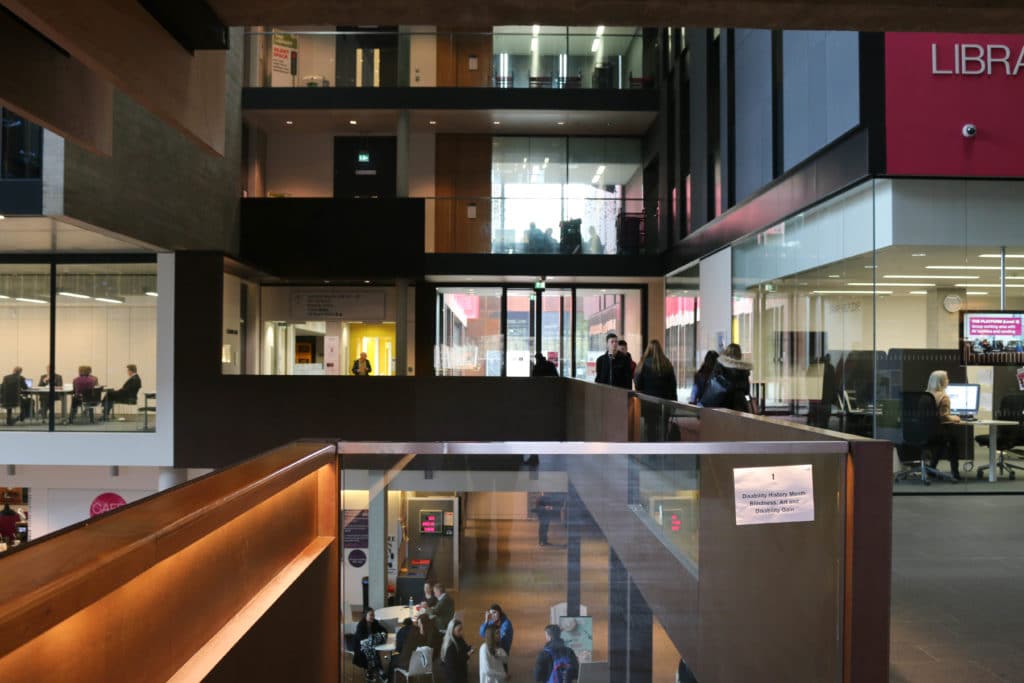
How and why has the new building been developed since it was first opened? Have you made any changes to the space and the services you offer?
“Agility was an important concept in our thinking as we wanted to be able to respond to our users’ feedback and their use of the spaces and services. Such feedback encouraged us to introduce a more carrel-style environment in the basement area with the addition of portable desk screens. Elsewhere, we changed the zoning to provide more silent spaces, introduced a further 70 PCs, and created a silent computer room. (We designed zone signage, denoting silent, quiet and group areas, that could be changed easily when the activity designation changes.)
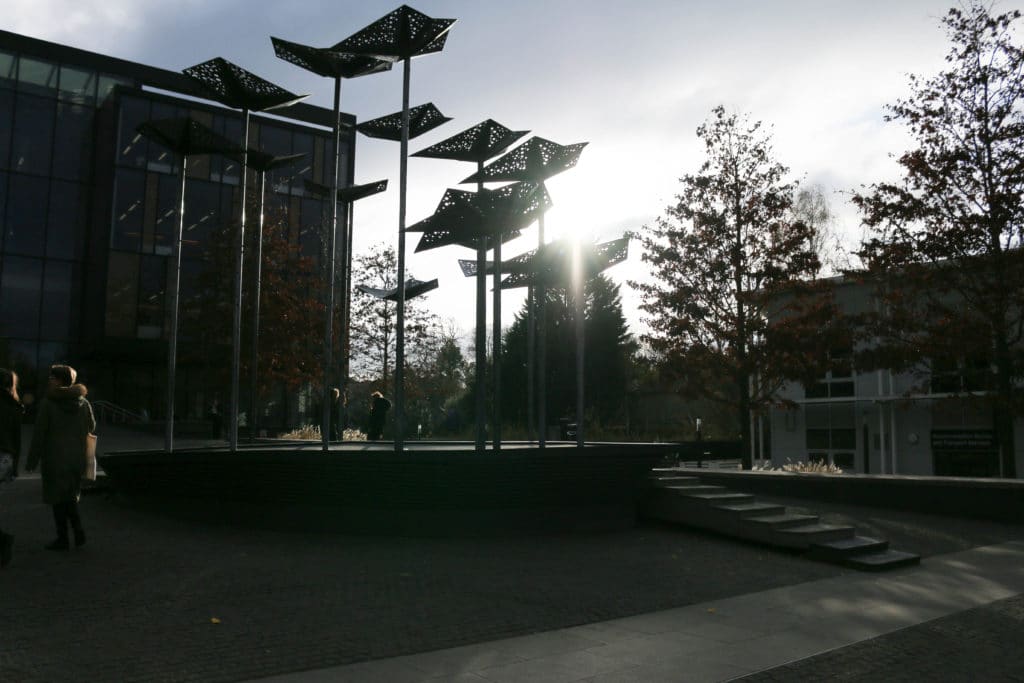
We observed eating behaviours and subsequently extended the refreshments policy to include cold food. Although much planning had gone into determining the most effective use of the electronic mobile shelving, listening to students showed that we needed to rearrange several sequences to make the popular items more easily accessible.
We, as well as our students, had to adapt to working over six floors so we introduced a Chat service as well as roving librarians to make it easier for students seeking support. We also made it easier to book rooms by introducing an online facility.”
Have there been any notable changes/improvements in user activity and engagement since the launch? How have you monitored its success?
“The development has radically changed the student experience at Oxford Brookes University. We wanted our students to enjoy the freedom to choose from a range of learning spaces at a time that suited them. Unsurprisingly, these spaces have proved extremely popular so part of our space management, particularly around course deadlines, is to help students find available spaces throughout the building. The University has continued to develop the rest of the campus which has increased the number of study spaces available. Library and national surveys have provided us with useful reflections and very positive comments. Here are some examples:
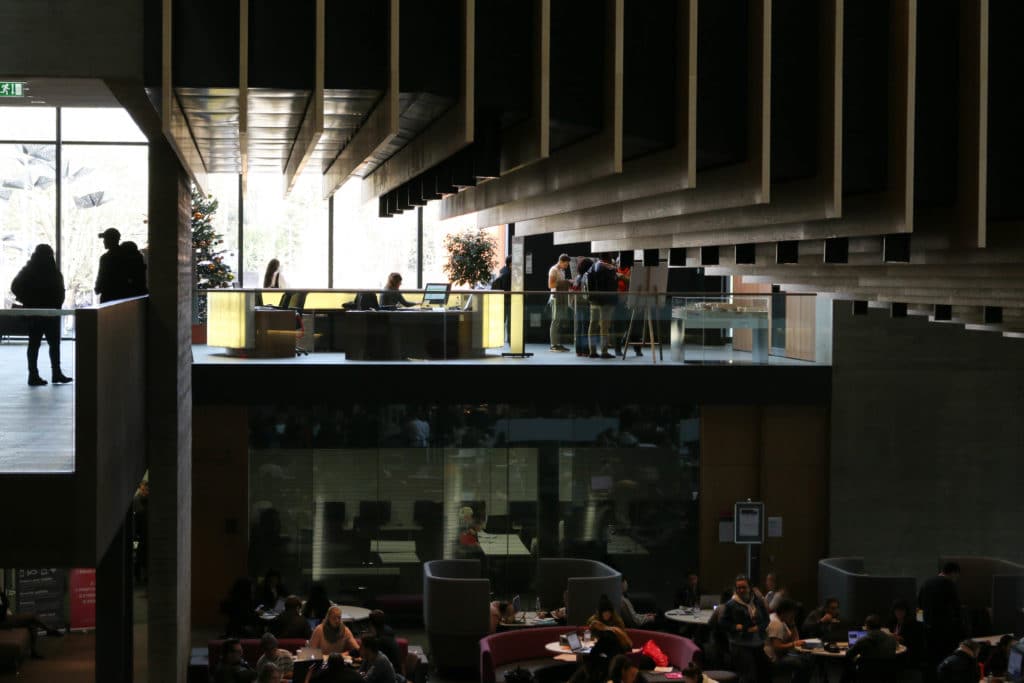
“The library is an amazing resource and place to study. After talking to other friends in universities, it is clear that Brookes library is one of the best in the UK”
“Fantastic working environment, whether working collaboratively in a group or independently”
“I love the atmosphere of the library, I feel like I can get things done. Hence, despite only living over the road I am always here”
“The JHB building is an amazing place to learn, it allows you to enjoy learning in a clean and vibrant space”
“The large space in the study zones, feels comfortable and I personally find the new building so inspirational that makes me want to come and study”
What advice would you give to other libraries redefining their space?
“Look at what is happening here and, if possible, abroad. Colleagues in the sector welcomed us into their new libraries where we would learn what worked well and what didn’t. Listen to what your students and staff have to say and involve them in the design process. Furniture design is constantly evolving and is critical to the success of an environment you are trying to create. If possible, stay responsive to the changing needs of the spaces and achieve a good balance of freestanding and fixed furniture. Ensure the IT provision is scalable and expandable (should you need to add or change equipment).
Be aware of future-proofing and invest time in modelling the services. For instance, before moving we piloted extended opening hours and adopted RFID to enable us to provide self-service and automated returns in readiness for our 24/7 provision. We introduced free-to-loan laptops. We started allowing hot and cold lidded drinks, at a time when bottled water was the accepted liquid in libraries. (As it turned out, this was essential given that Starbucks resides close to our entrance!) Be prepared but be ready to make changes.”
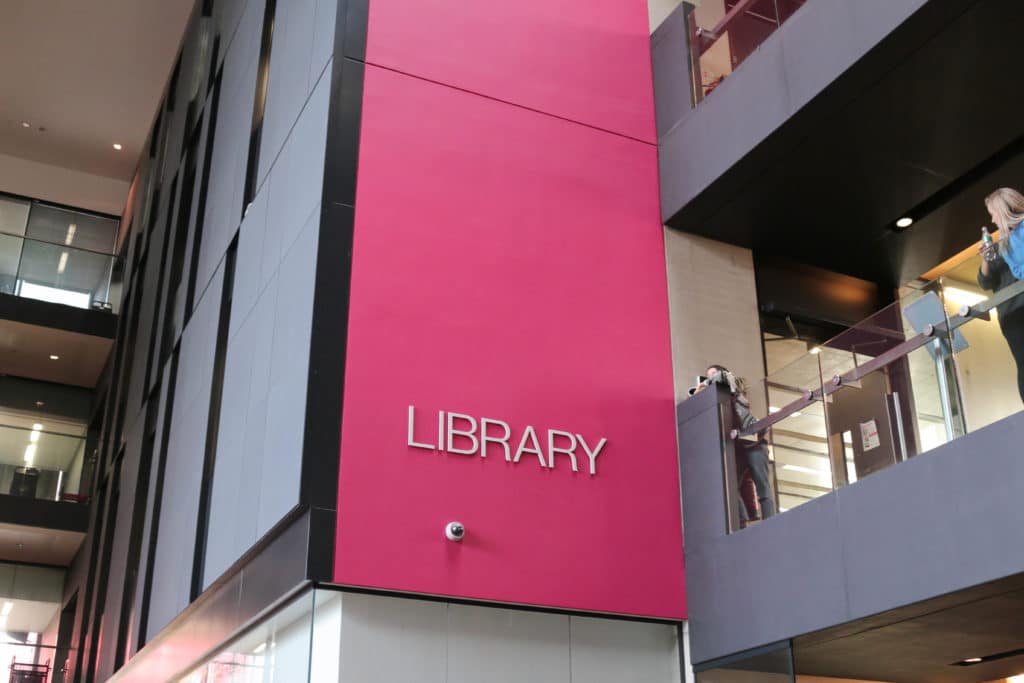
Awards
The Royal Institute of British Architects (RIBA) gave the building a national award, three regional awards, and put it in the midlist of the top 15 buildings for the prestigious Stirling Prize. It also received a local award from the Oxford Preservation Trust, which noted the improvement made to the local landscape; and the Education Estates ‘Student Experience’ award (2014).
Show us your library!
Thanks to Oxford Brookes University for allowing us to look around and take photographs of their library to share on our website. We love hearing library success stories, and would love you to share yours with us. If you’re interested in featuring your library on our website, get in touch with us using the contact form.